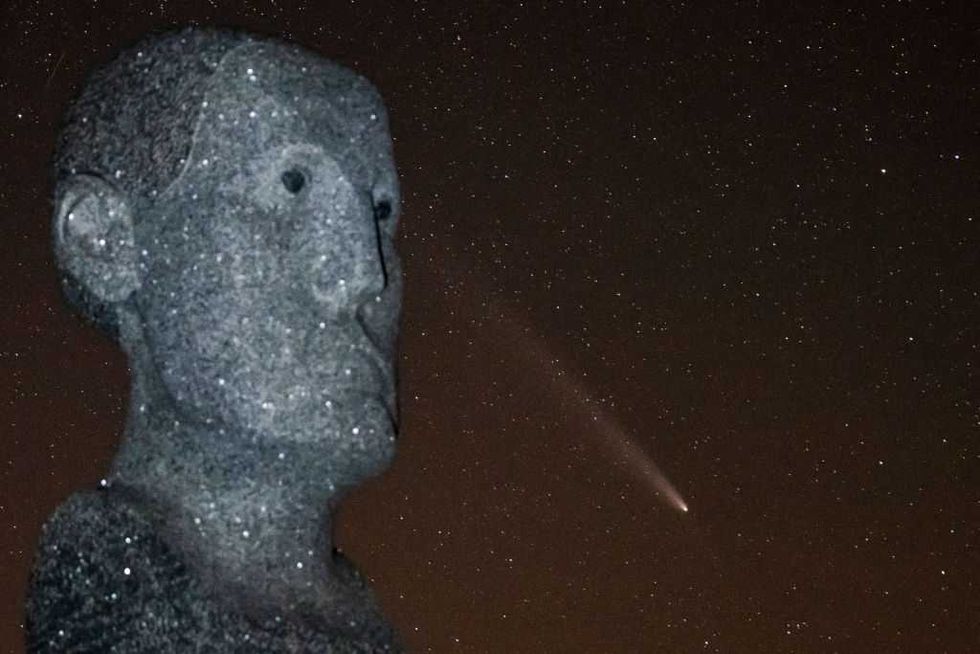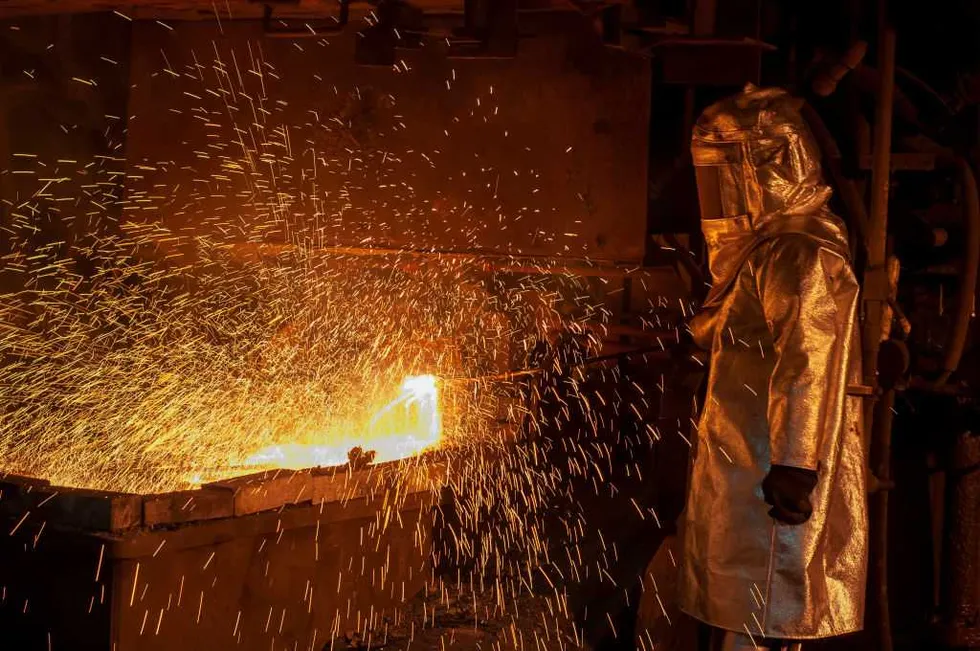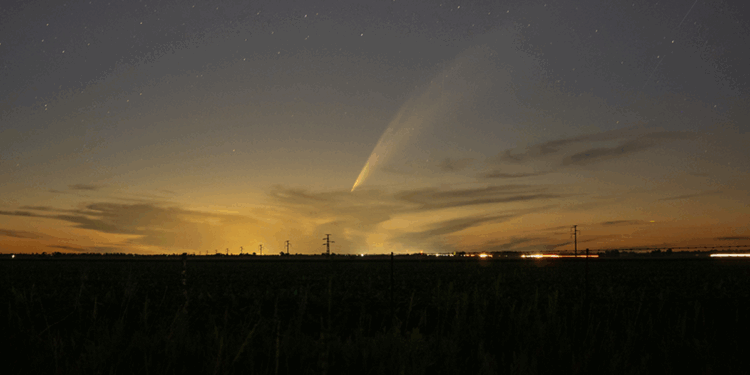An asteroid warning network has announced it will investigate a comet that allegedly has potential alien origins.
The comet, known as 3I/ATLAS, allegedly has peculiar traits that have not been seen in nature before. This theory is disputed, though.
‘Never seen in comets before.’
A NASA coordinated group called the International Asteroid Warning Network has added 3I/ATLAS to its list of observation campaigns for November, stating that it will monitor the comet for two months, ending in late January.
Concurrently, a Harvard astrophysicist told the New York Post that the comet, in addition to being the size of Manhattan, has several unusual characteristics that defy common knowledge about the objects.
Avi Loeb told the Post the comet has what is referred to as an “anti-tail,” which is a jet of particles that points toward the sun instead of away from it. It’s also emitting a plume — gas and dust that erupts from the surface — that contains four grams of nickel per second. Allegedly existing without iron, Loeb said this was unheard of.
Loeb also claimed the object also has non-gravitational acceleration that will bring it close to Jupiter, Venus, and Mars, which is suspicious enough for him to claim that the comet could actually be an alien probe.
The comet also allegedly contains a toxic gas that is not seen naturally occurring on Earth.
RELATED: Freakout at the Final Frontier

The nickel compound nickel tetracarbonyl is apparently present in the comet. According to ScienceDirect, this gas is formed from the reaction of carbon monoxide with metallic nickel and is the primary cause of acute nickel toxicity. The gas is used in the process of obtaining “very pure nickel” but can cause “severe health effects” in humans.
Loeb said the process is only imaginable because it’s used in industry and was “never seen in comets before.”
At the same time, the Post cited a study that suggests that the compound could form naturally in a carbon monoxide-rich environment.
“The [nickel] emission is more centrally concentrated in the nucleus of the comet and favors hypotheses involving easily dissociated species such as metal carbonyls or metal-polycyclic-aromatic-hydrocarbon molecules,” the study reads.
Loeb also said the object did not have a cometary tail, which “we usually see … and in this case there was no evidence for such a tail.”

Despite Loeb’s alien warnings and the IAWN’s plan for a lengthy observation period, the group states on its campaign page that the comet “poses no threat.”
It does, however, present a “great opportunity for the IAWN community to perform an observing exercise due to its prolonged observability from Earth and high interest to the scientific community.”
The group plans on holding a workshop on techniques to correctly measure the comet’s astrometry, “a transformation without a change to a figure’s shape or size, such as rotation or reflection.”
Like Blaze News? Bypass the censors, sign up for our newsletters, and get stories like this direct to your inbox. Sign up here!

















